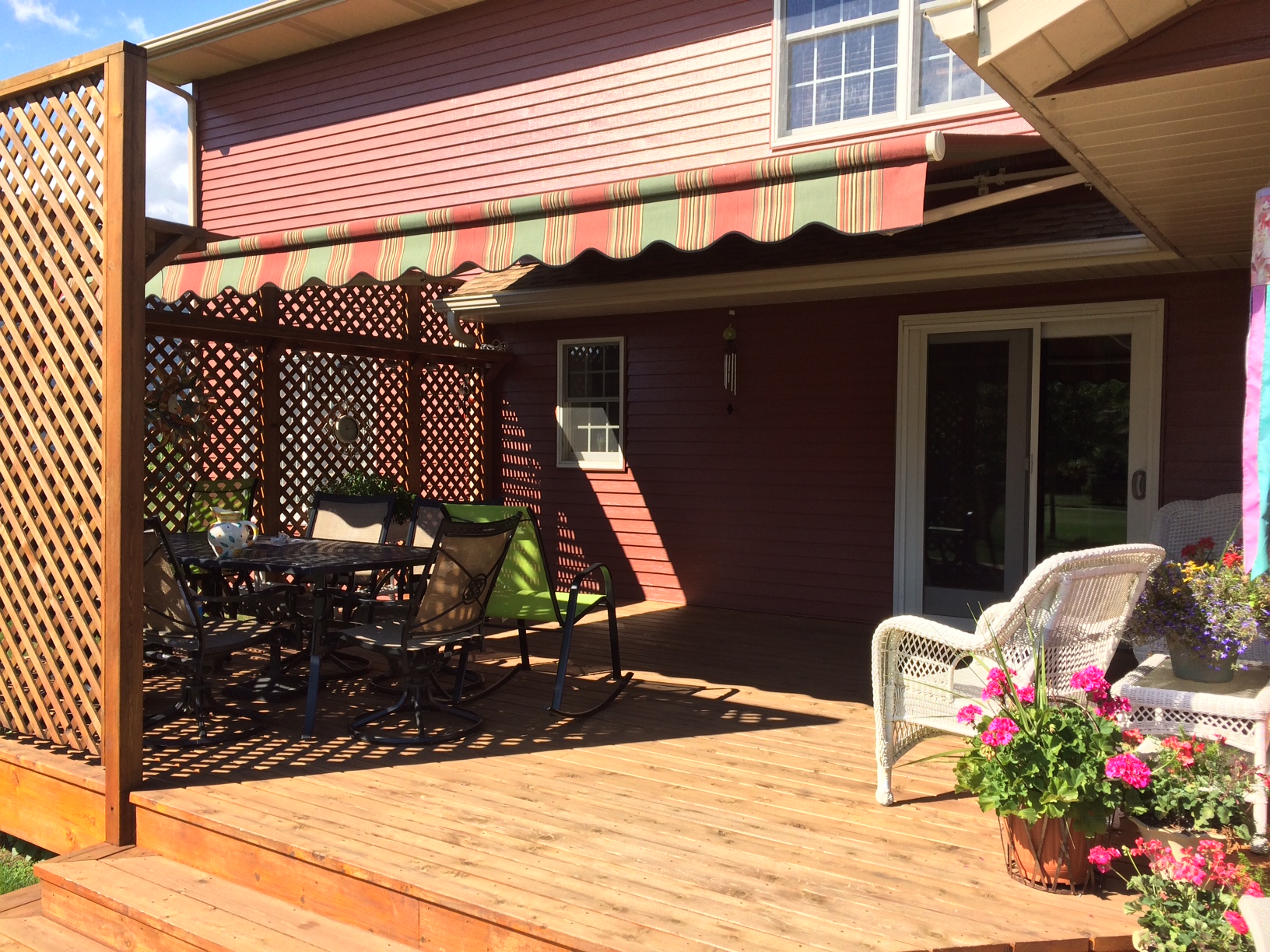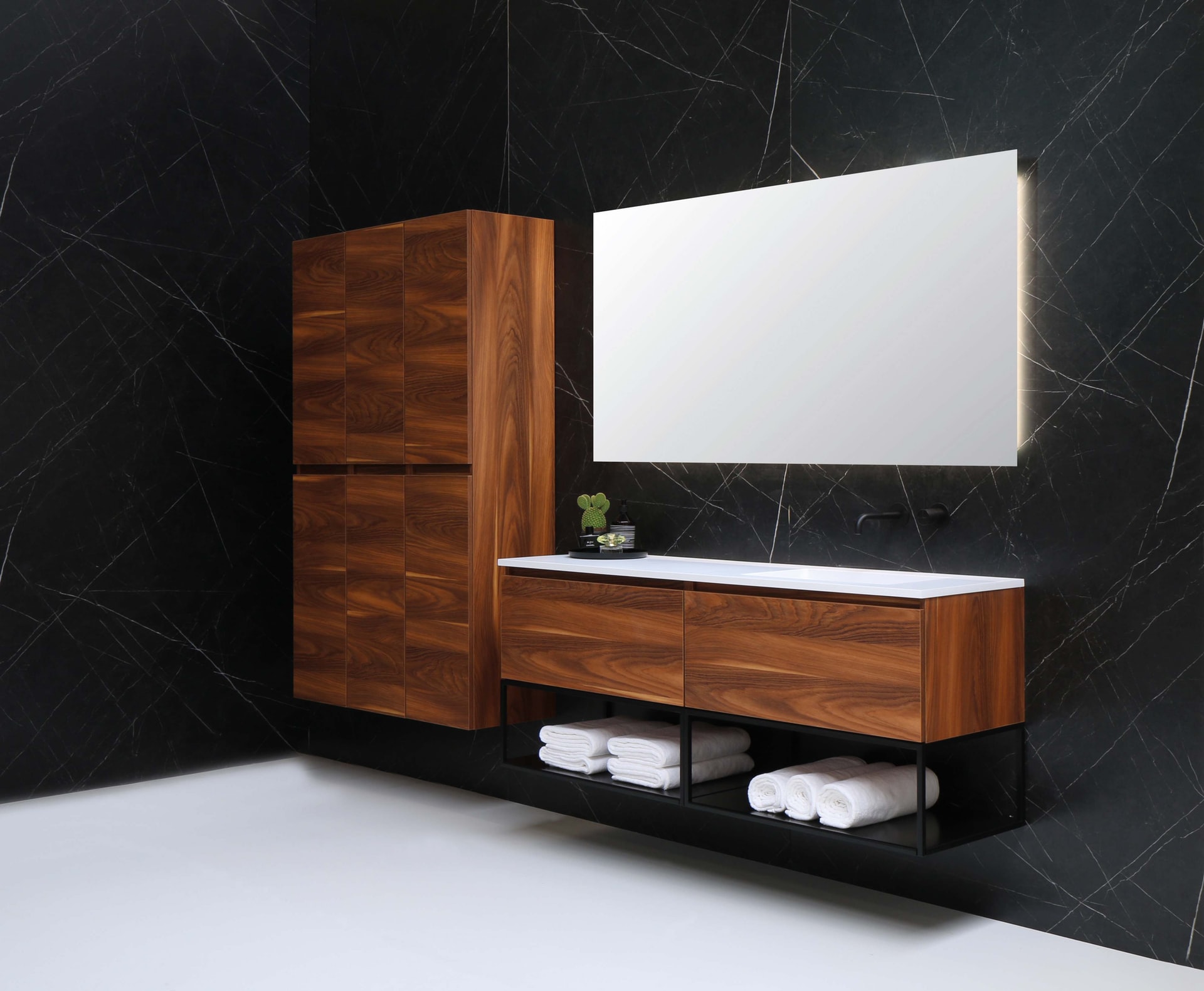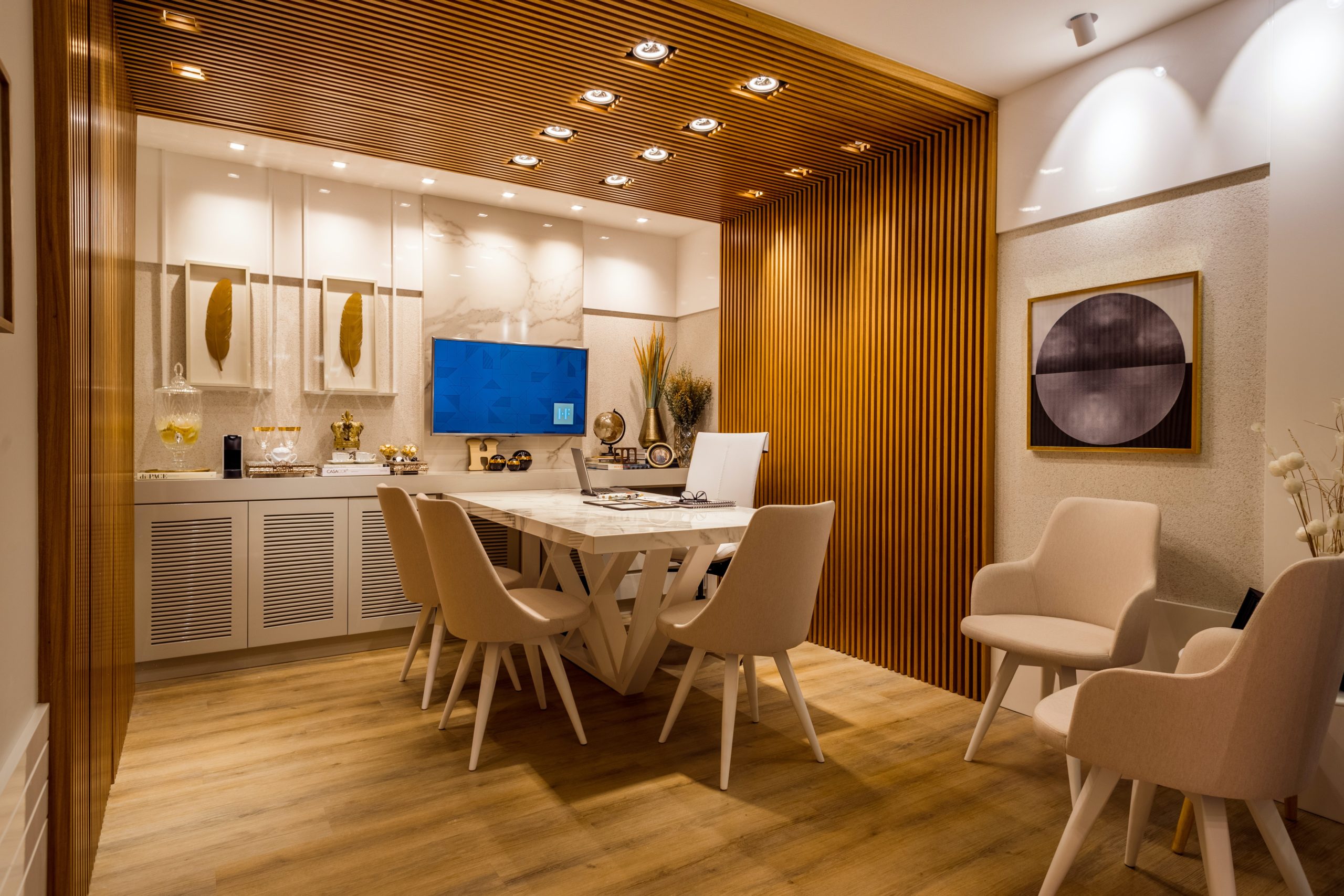The success of a commercial set-up is dependent on a lot of things, for example, the location, the quality of goods and services it provides, the ambience of the place etc. It is very important for a shop owner to attract customers. It is vital to ensure a high quality of service, but at the same time, it is also important to enhance the functionality and physical appeal of the commercial establishment. Shop awnings are one great way to make a marked difference in the utility and the aesthetics of shops.
In the following sections, we will discuss the various features of commercial awnings.
Types of awnings depending upon functionality
Pergola awning
These consist of a retractable cover that acts like a pleated roof. These can be either mounted on the wall or can be made independent, free standing units. This type of awning is ideal for establishments that want to create extra covered space, for example, an outdoor dining area or display.
Retractable awning
This is perhaps the most commonly used awning type, and consists of the fabric being mounted on the wall or ceiling. When extended, the fabric can stretch outwards, either straight or at an angle, and create shade on the area that it covers. It is very useful for all kinds of commercials set-up and mostly used on the front side of shops, and on the windows.
Drop arm awning
This type of awning consists of the fabric mounted on high windows which are too high for setting up a retractable awning. Upon extension, the fabric goes downwards at an angle.
Free standing awning
The typical feature of this kind of shop awnings is that these are not mounted on the walls or ceiling of the shop. These consist of a central bar holding two awnings that extend on either side. Whenever needed, they can be fixed on the ground to create a shaded area that can be used for a variety of purposes like displaying goods, making sitting arrangements etc.
Types of awnings based on the area to be covered
Awnings can also be classified according to the area of the establishment they intend to cover. Some examples are as follows:
Entryway awnings
Window awnings
Patio awnings
Interior awnings
Pathway awnings
Standalone awnings
Material of construction
Most commercial awnings are made of either cotton or polyester. While polyester fabric is easier to maintain and breathable, cotton fabric offers more durability and water resistance. Each of these can be further subject to chemical treatments like lamination or acrylic coating to make them sturdier and lasting longer. Lamination gives the added advantage of flame resistance.
Added features
These days, suppliers provide some advanced features to add more utility to awnings. For example, motorised controls will make it easy for you to extend or retract awnings at the click of a button. Adding sensors for rain, sun or wind will automate the awnings to extend and retract under specific weather conditions.
Knowing these details will help you to choose between the different shop awnings available in the market. An ideal awning supplier will give you all these options according to your need.



